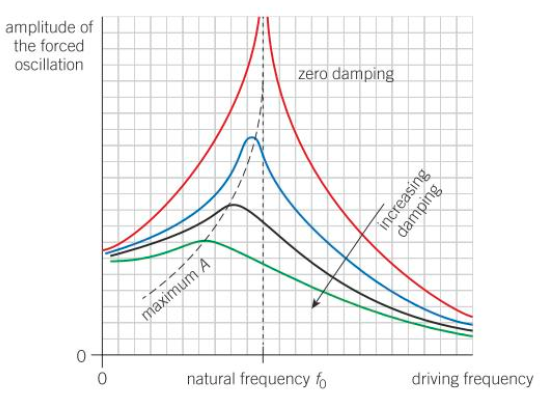Chapter 17: Oscillations
1/20
There's no tags or description
Looks like no tags are added yet.
Name | Mastery | Learn | Test | Matching | Spaced |
|---|
No study sessions yet.
21 Terms
Features of oscillating motion
Equilibrium: Point at which object starts
Amplitude (m): Distance from equilibrium
Period (s): Time taken to complete a full oscillation
Frequency (Hz): Mumber of complete oscillations per unit time
Phase difference
Difference in displacement between two times of an oscillation
Angular Velocity
Amount of turn undergone per unit time
Angular Frequency in oscillations
ω = 2π / T
ω = 2πf
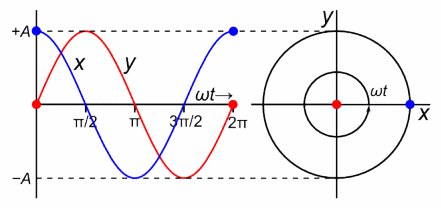
Simple Harmonic Motion
Motion whereby the acceleration is given by
a = -ω2x
ω is a constant for the object
a ∝ x
Isochronous oscillator
An oscillator whereby the period of oscillation is independent of the amplitude
This is because as amplitude increases, average speed of the swing increases
Displacement against Time period of SHM (released from amplitude)
Resembles cosine graph when released from amplitude
Resembles a sine graph when released from equilibrium
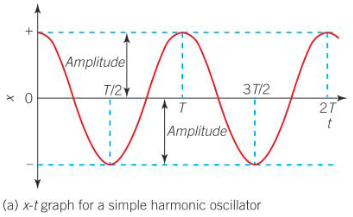
Velocity against Time period of SHM (released from amplitude)
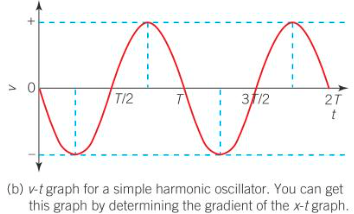
Acceleration against Time period of SHM (released from amplitude)

Velocity of SHM
v = ±ω√(A2 - x2)
ω = angular veocity (rad s-1)
A = ampliutude (m)
x = displacement (m)
Max velocity of SHM
vmax = ωA
ω = angular velocity (rad s-1)
A = amplitude (m)
*obtained from v = ±ω√(A2 - x2) when displacement is zero
velocity is max when object has returned to equilibrium position
Energy against Displacement of SHM
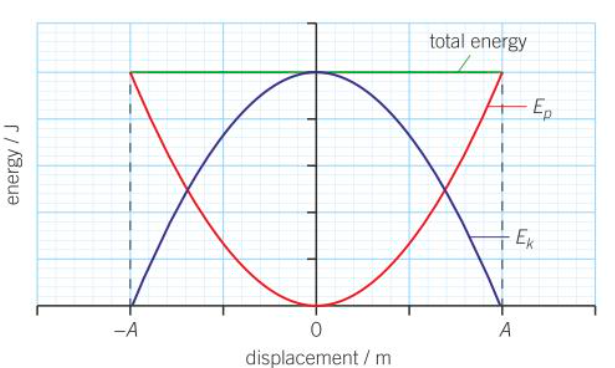
Damping
When an external force acts on an oscillator, gradually reducing the amplitude of oscillations over time
Light Damping
Amplitude of oscillations decreases over time
Period remains the same
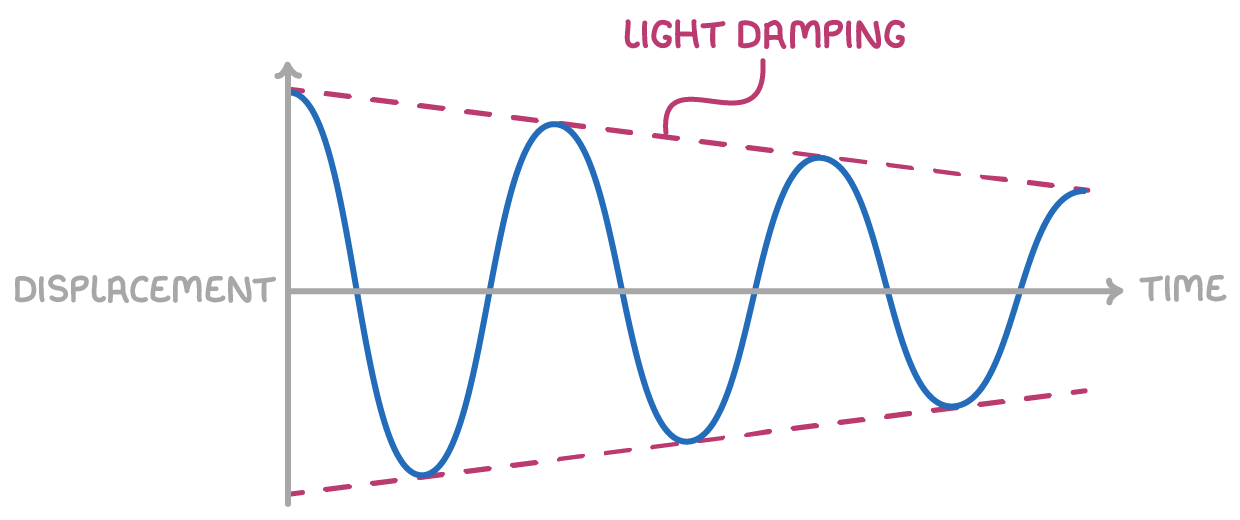
Heavy Damping
Amplitude decreases significantly over time
Period increases slightly
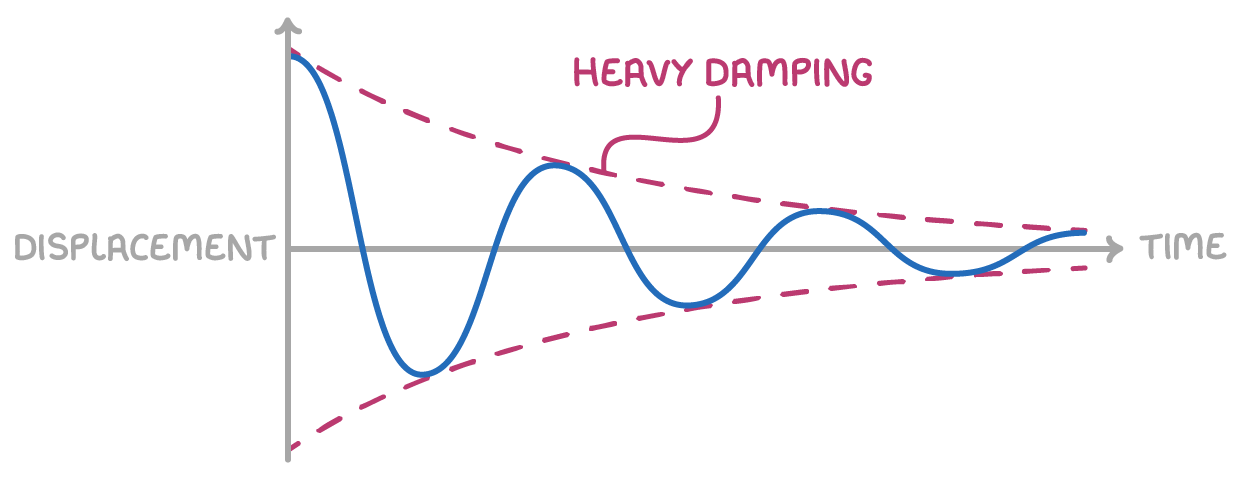
Very Heavy Damping
No oscillatory motion
Oscillator moves slowly to equilibrium position
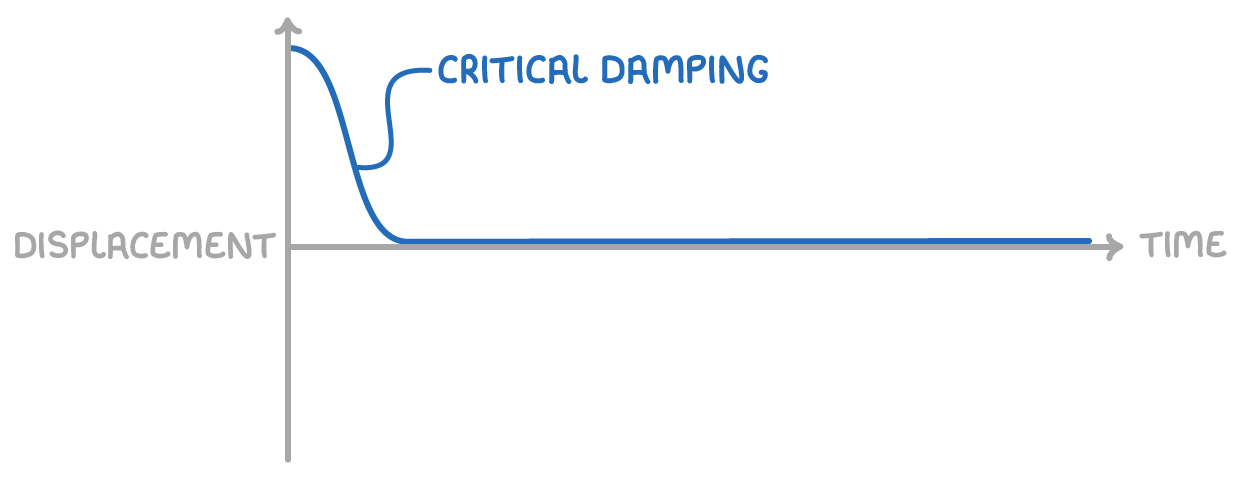
Free Oscillations
When an object is allowed to oscillate without any external forces
Natural frequency
The frequency of a free oscillation
Forced Oscillation
When a periodic driving force is applied to an oscillator
E.g: vibration generator
Resonance
Occurs when:
Driving frequency = natural frequency
Results in the amplitude of oscillations increasing dramatically
Damping Forced oscillations
Has the effect of reducing the amplitude of oscillations
Degree of damping also affects frequency of driver at max amplitude
For light Damping:
max amplitude at natural frequency of forced oscillator
As amount of damping increases:
Amplitude of vibration at any frequency decreases
Max amplitude occurs at lower frequency than f0
Peak n graph becomes flatter and broader
